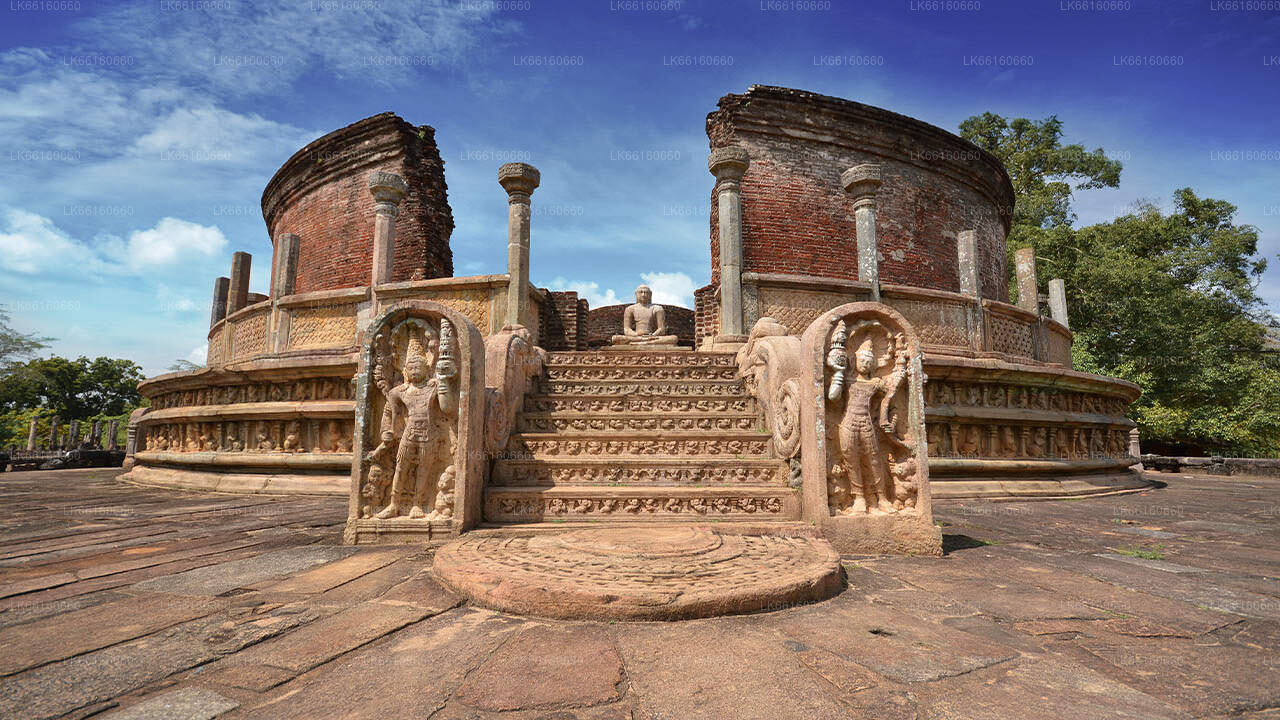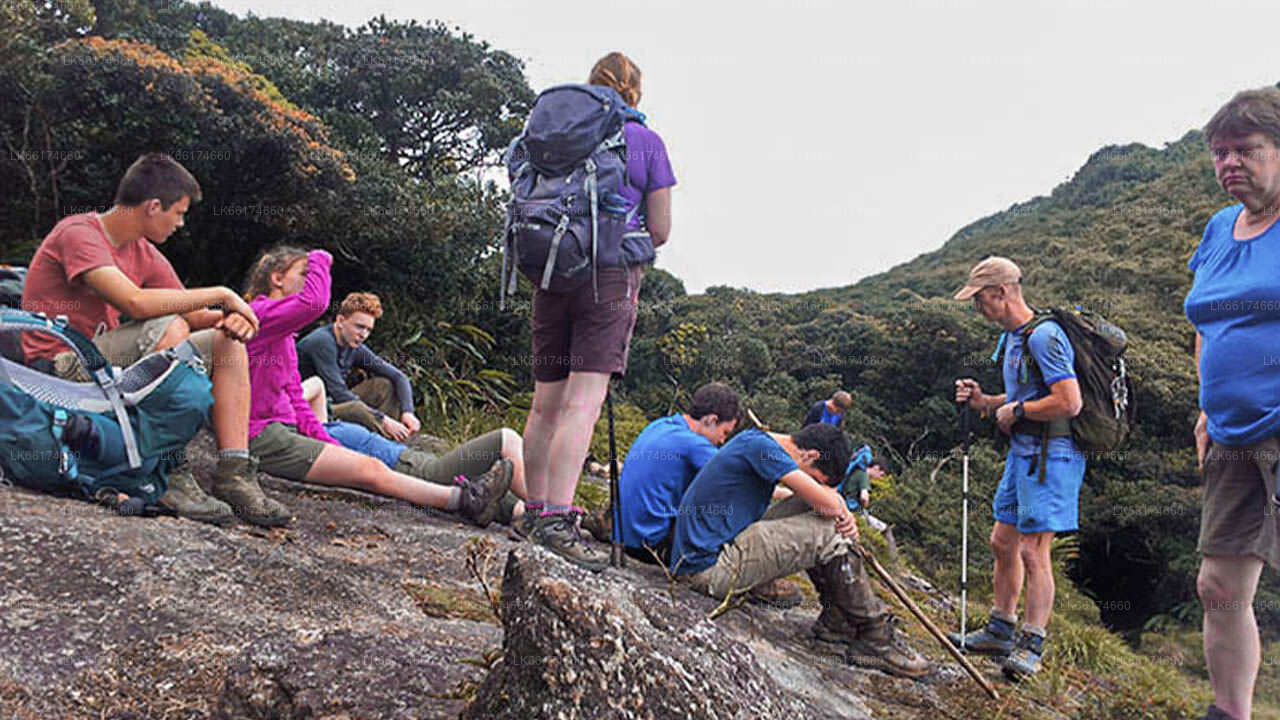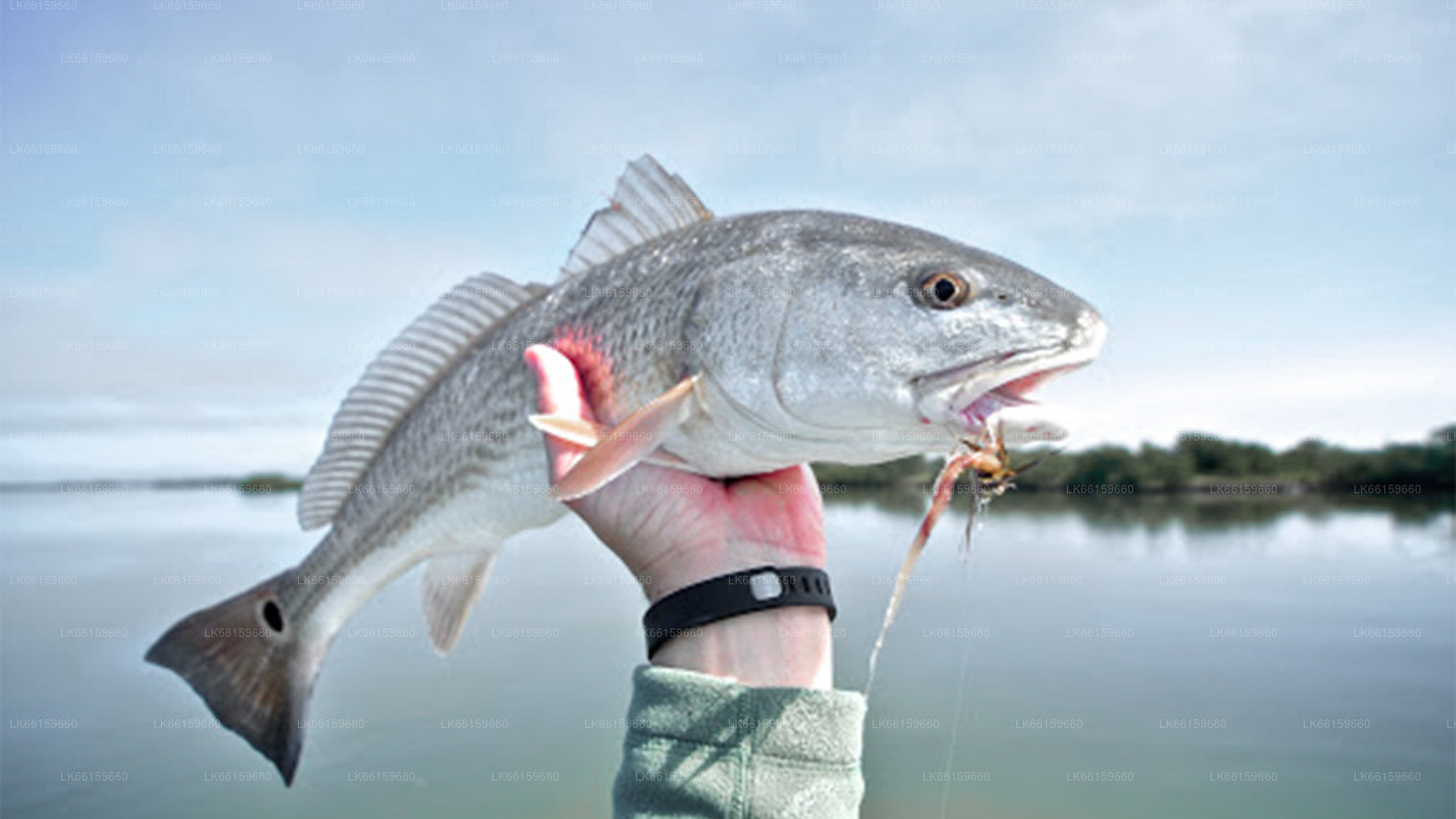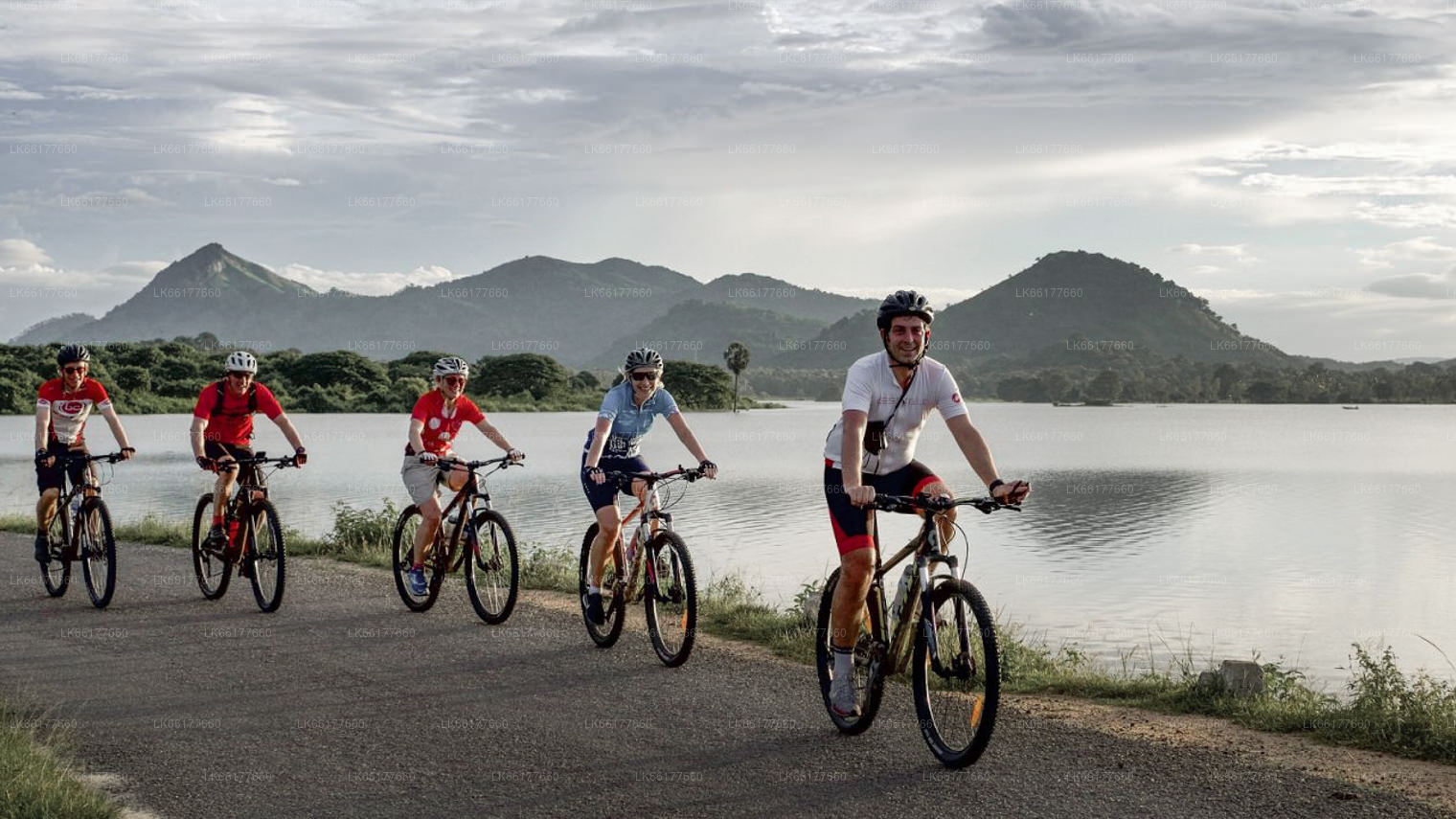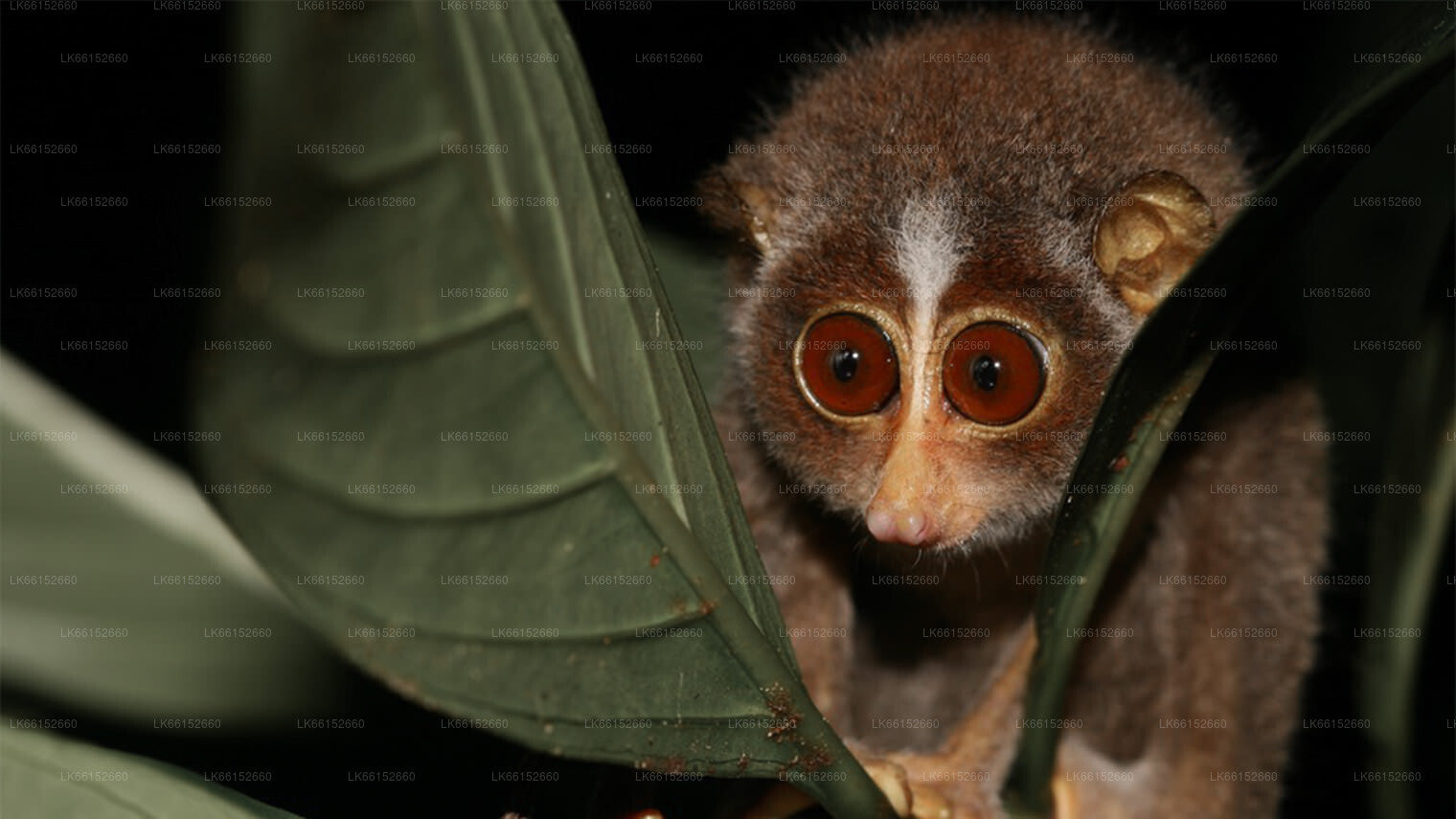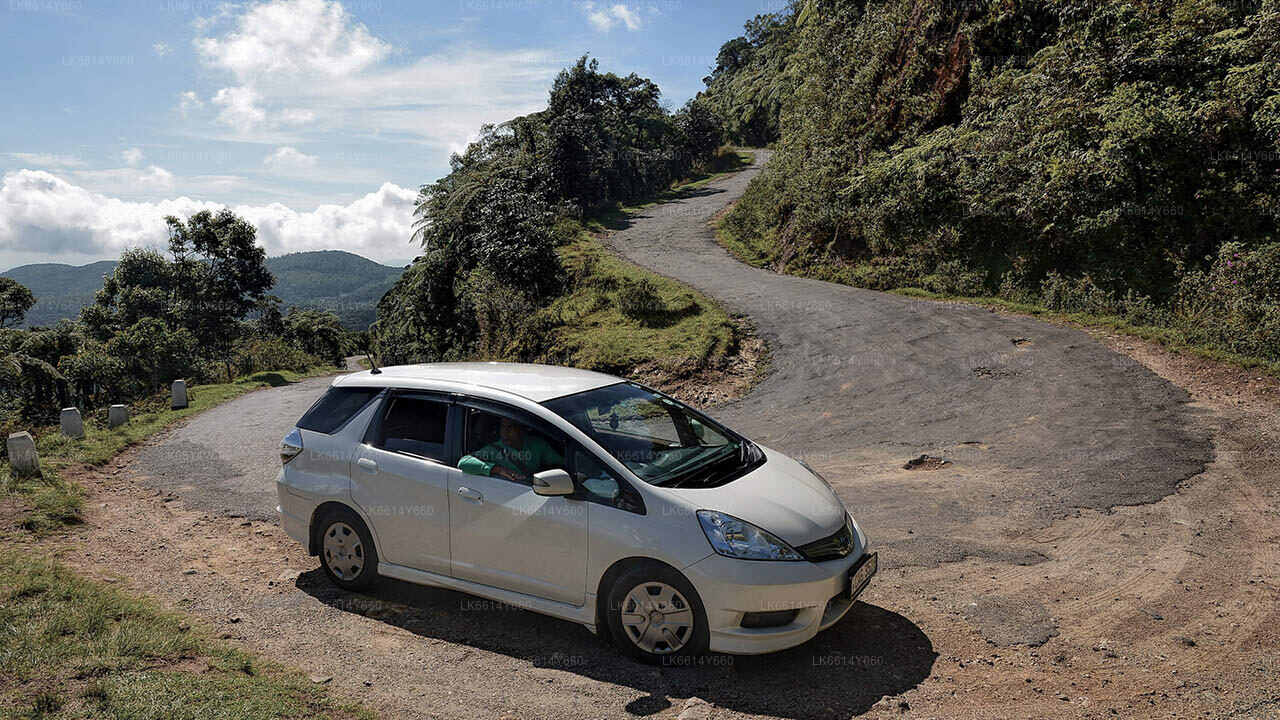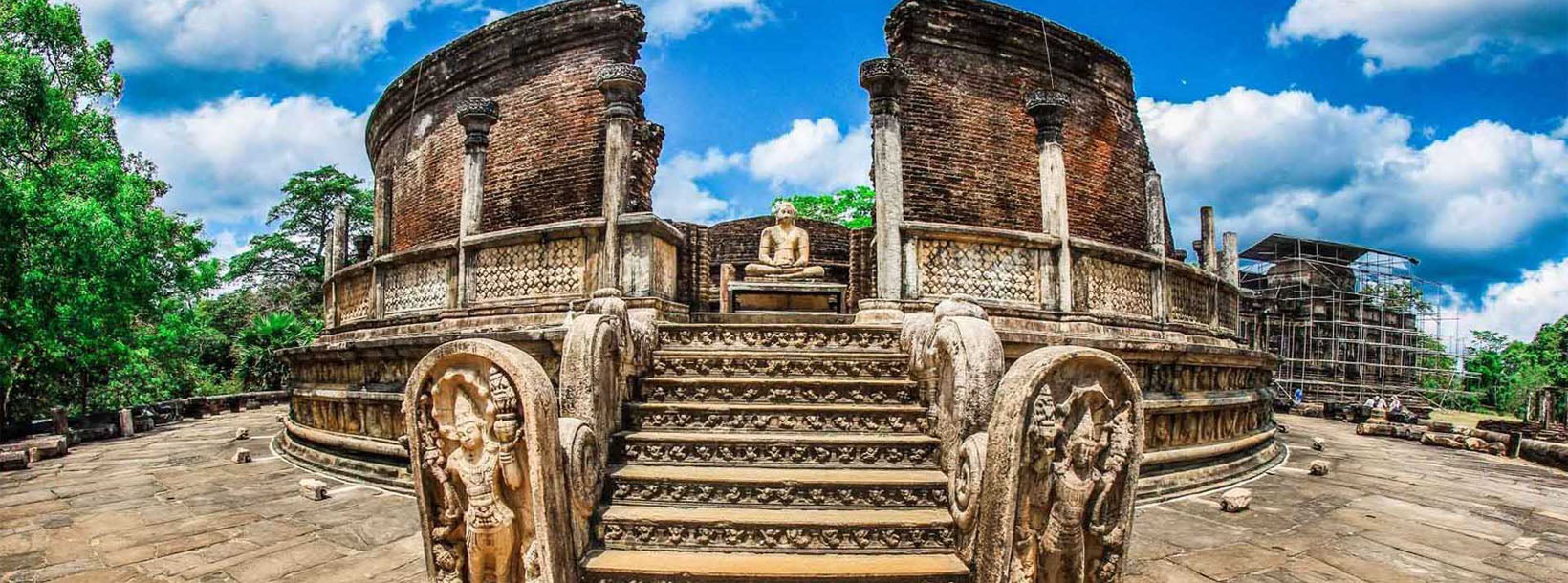
Ville de Polonnaruwa
Polonnaruwa, site classé au patrimoine mondial de l'UNESCO au Sri Lanka, était la capitale médiévale du pays (XIe-XIIIe siècle). Réputée pour ses ruines bien préservées, dont les emblématiques statues du Gal Vihara, elle présente une architecture impressionnante, reflétant la grandeur de l'ancienne civilisation cinghalaise.
Sathmahal Prasada
Sathmahal Prasada in Sri Lanka: The Stepped Pyramid of Polonnaruwa
Sathmahal Prasada in Sri Lanka is a seven storied stepped pyramid located in an elevated area amongst the ancient city Polonnaruwa. The structure has entrances on all four sides and an additional staircase to reach the upper levels. It is believed to be built during the Polonnaruwa era, somewhere between the 11th and 13th century AD. However, no record exists of this pyramid, its builder or purpose.
The Seven Storied Palace is believed to be a stupa by some, due to its proximity to notable Buddhist ruins such as stupas, monasteries and etc. However the architecture is completely different and does not resemble any other ancient architecture in Sri Lanka. It is the only stepped pyramid in Sri Lanka and one of only four other ancient buildings with square bases, the others all being damaged stupas or monastic ruins in Anuradhapura. It is interesting to note that none of the other three buildings show signs of having been pyramids and all seem to have been squat in structure.
Sathmahal Prasada in Sri Lanka: Resemblance to Architectures beyond the Seas
Though it does not have comparative architecture in Sri Lanka itself, Sathmahal Prasada has similarities to the architecture of some cultures beyond the oceans.
• Stepped Pyramids are structures that use flat platforms or ‘steps’ in a receding order from ground up, to form a shape similar to a geometric pyramid. They are usually large and are built using several layers of stone.
• There are stepped pyramids found throughout history in many cultures and locations around the world.
• Interestingly enough, there were no firmly established connections between the different cultures.
• Sathmahal Prasada is most similar in structure (except for the staircase) to the Koh Ker temple and Baksei Chamkrong temple in Siem Reap, Cambodia (both are Shiva temples built around the 10th century AD), and on a smaller scale similar to the Mayan Temple of the Masks in Tikal, Gautemala and some other Mayan temples.
À propos du district de Polonnaruwa
Polonnaruwa est la deuxième plus grande ville de la province du Centre-Nord du Sri Lanka. Classée au patrimoine mondial de l'UNESCO, sa cité antique est riche d'une riche histoire de conquêtes et de luttes, et constitue à juste titre le troisième élément du Triangle culturel. Située à environ 140 km au nord-est de Kandy, Polonnaruwa offre des heures de plaisir sans fin aux amateurs d'histoire et de culture, grâce à ses nombreux sites remarquables.
La plupart des ruines actuelles sont attribuées au roi Parakrama Bahu Ier, qui consacra d'importantes ressources royales à l'urbanisme, notamment à la construction de parcs, d'édifices, de systèmes d'irrigation, etc. Son règne est considéré comme un âge d'or où le royaume prospéra sous la conduite d'un souverain visionnaire. Le Parakrama Samudra, un immense réservoir, porte le nom de son mécène. Le célèbre palais royal, la salle d'audience entourée d'éléphants en pierre magnifiquement sculptés et le bassin de baignade témoignent de l'excellence technique de l'époque.
À propos de la province du Centre-Nord
La province du Centre-Nord, la plus grande du pays, couvre 16 % de la superficie totale du pays. Elle est composée de deux districts : Polonnaruwa et Anuradhapure. Anuradhapura est le plus grand district du Sri Lanka, avec une superficie de 7 128 km².
La province du Centre-Nord offre de nombreuses opportunités d'investissement pour la création d'entreprises, notamment dans les secteurs de l'agriculture, des industries agroalimentaires et de l'élevage. Plus de 65 % de la population de la province dépend de l'agriculture et des industries agroalimentaires de base. La province du Centre-Nord, également appelée « Wew Bendi Rajje », compte plus de 3 000 réservoirs de moyenne et grande taille. Sri Maha Bodiya, Ruwanweli Seya, Thuparama Dageba, le monastère d'Abayagiri, Polonnaruwa Rankot Wehera et Lankathilake sont des sites à surveiller.









